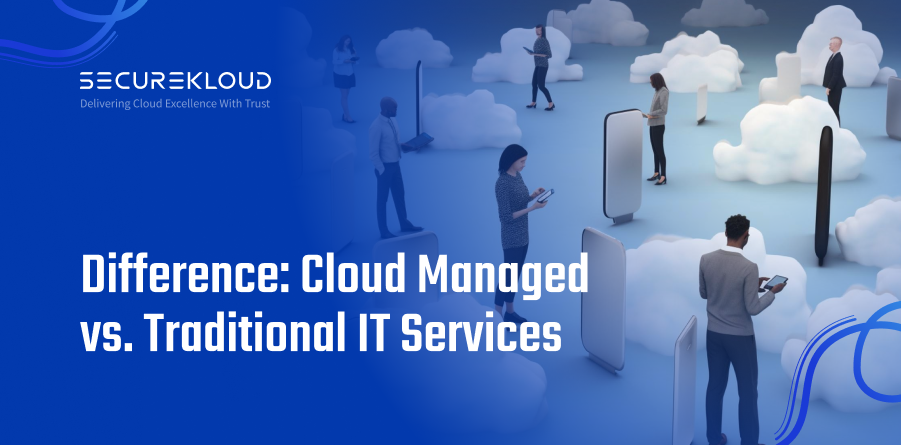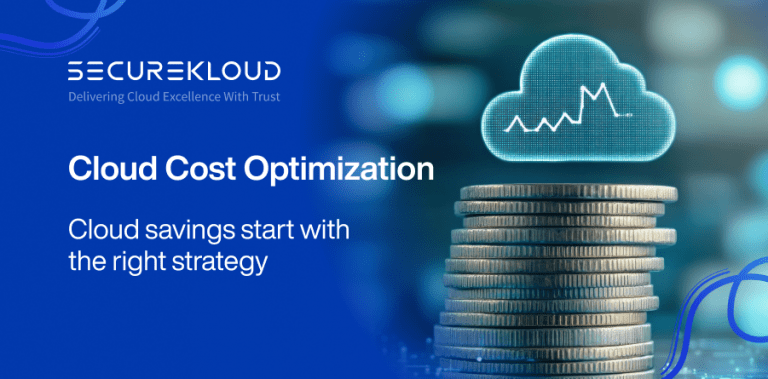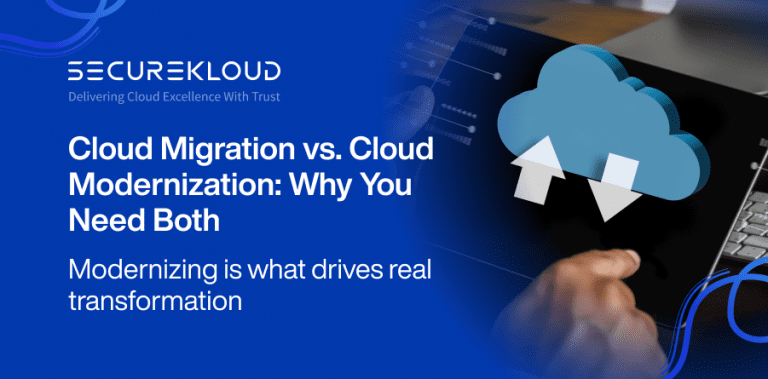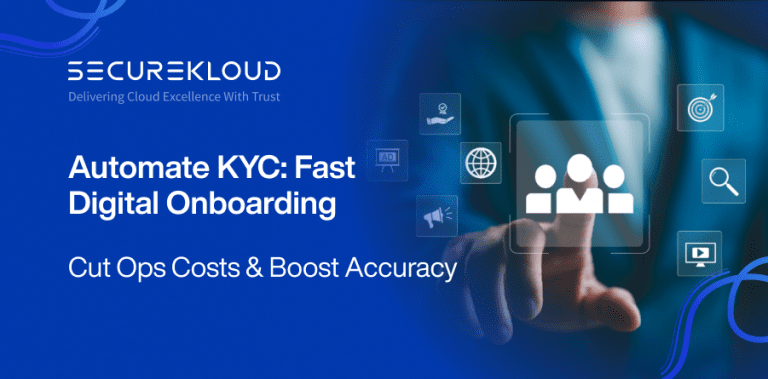- 5Minutes
- 902Words
- 89Views
Understanding the options between cloud managed services vs. traditional IT services can affect how well companies execute their business objectives, secure the data, and become cost-effective.
What is a cloud service provider?
A cloud service provider (CSP) offers a bunch of cloud computing services like storage, processing power & software applications on the Internet.
These services will also be categorized as Infrastructure as a Service (IaaS), Platform as a service (PaaS) or Software-as-a-Service products. Popular CSPs include Amazon Web Services (AWS), Microsoft Azure, and Google Cloud
Cloud services provide businesses with flexibility, allowing them access to increased productivity, efficiency and acquire advanced technologies without huge capital expenditure upfront.
Cloud service providers and administrators
While cloud service providers focus on providing scalable cloud computing resources, managed service providers (MSPs) provide a broader range of IT services for MSPs to manage and manage a company’s IT infrastructure, often including cloud services as part of their offering.
MSPs provide comprehensive support, from handling security patches and software updates to ensuring data backup and recovery. By effectively managing IT environments, MSPs help prevent data loss and reduce downtime, allowing businesses to focus on their core operations.
The main difference between a CSP and an MSP is the scope of the application. CSPs provide the raw computing power and tools, while MSPs provide ongoing programming and support for these services, tailoring them to specific company needs and business objectives.
What is managed service provider (MSP)?
A managed service provider (MSP) is a third-party company that manages a business’ IT infrastructure and end-user systems. MSPs offer a variety of services, such as.
- Network and infrastructure management: Ensuring that the company’s website is always available and working properly.
- Security measures: Implementation and maintenance of security measures against cyber threats.
- Backup and Recovery: Develop data backup systems and provide quick ways of recovery in case of loss.
- Software Management: Handles software updates, security patches, and licensing issues.
- Helpdesk Support: Provide technical support to end users, usually through a fixed monthly or annual subscription fee.
MSPs take a proactive approach, monitoring and continuously monitoring IT systems to prevent problems before they occur. This differs from traditional IT support that tends to operate on a break-fix model, addressing problems only after they arise.
What are some examples of management projects?
Many companies offer managed IT services, each offering unique solutions that fit business needs. Some notable MSPs are:
- IBM Global Technology Services: Provides complete IT infrastructure from data center to cloud services.
- Accenture: Offers managed services focused on digital transformation and innovation.
- Secure Kloud: Cloud-based solutions ensure full security and compliance and enable multinational companies to achieve digital transformation. With systems like CloudEdge, DataEdge, and BlockchainEdge now Blockedge, firms can solve the challenges of cloud, data, and blockchain.
- Cognizant: Managed services in a mode of automation and artificial intelligence.
Managed Services vs. Traditional IT Support
Now, there are some critical differences between managed services and traditional IT support:
1. Proactive management vs. Support
The service is proactive; they are always monitoring all IT systems to try to prevent problems from occurring in the first place. This approach reduces your processing time and increases productivity. Unlike traditional IT support, most of which is reactive, waiting until you have a problem, this approach contributes to long-time downtime and elevating levels of frustration.
2. Low Cost and Variable cost
Most managed services are based on monthly or yearly subscription fees, which are fixed costs. This model is cost-effective since it removes the extraordinary costs normally associated with traditional IT support, in which the cost potential is dependent on the frequency and severity of problems.
3. Broad coverage
MSPs provide solutions for end-to-end IT planning, security patching, software updating, backing up, and recovering. Most traditional IT support, however, is generally very limited to the issues that may arise and usually lacks the sorts of holistic approaches used in maintaining an effective IT environment.
4. Consistent
MSPs work very closely with businesses to ensure the delivery of IT services in line with their strategic business objectives. This could be in the form of optimization of IT infrastructure in support of growth, productivity, and innovation. Traditional IT support seldom has this kind of coherent structure and normally focuses on immediate technical problems without consideration for longer-term goals.
Advantages of Cloud Managed Services
Migration into cloud-managed services under an MSP confers several advantages, including:
1. Material exchange
Cloud services provide for the dynamic scaling of IT resources according to changing requirements. This makes businesses flexible enough to change and scale as per needs without huge upfront investments.
2. Gaining insight
The key benefit of using an MSP is access to collective experience from within the group of highly specialized IT professionals. This helps to ensure that the IT systems are managed properly and makes themselves accessible.
3. Increased Security
MSPs Implement Strong Cybersecurity Measures for Their Clients MSPs operate basic security frameworks, monitor deviations from the norm around the clock and maintain compliances to applicable industry standards.
4. Cost savings
Cost savings Managed services usually impose a fixed charge every month or year, which is far cheaper than pay-as-you-go services offered by Traditional IT Support. Businesses can better budget with this kind of security.
Conclusion
To meet targets, control costs, and secure data, businesses have two IT options: traditional break-fix support (reactive) or cloud-based managed services (proactive). Managed service providers take a holistic approach, freeing businesses to leverage the cloud, boost productivity, and focus on strategy.





